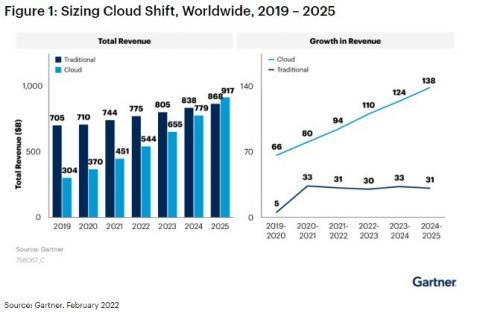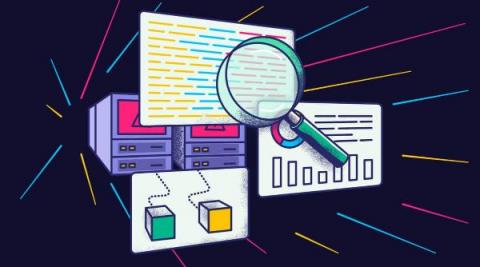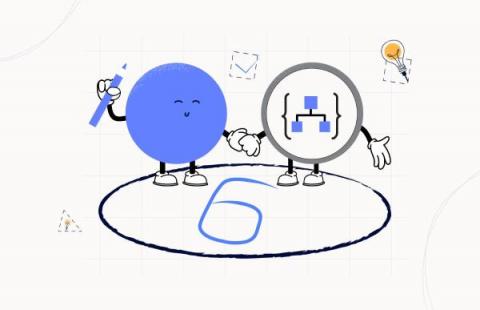Do you have your hybrid cloud strategy all figured out?
Any new technological breakthrough tends to be greeted by two opposing factions. On one hand, you have promoters, for whom this technology is a panacea, the cure for every ailment plaguing the current environment.











